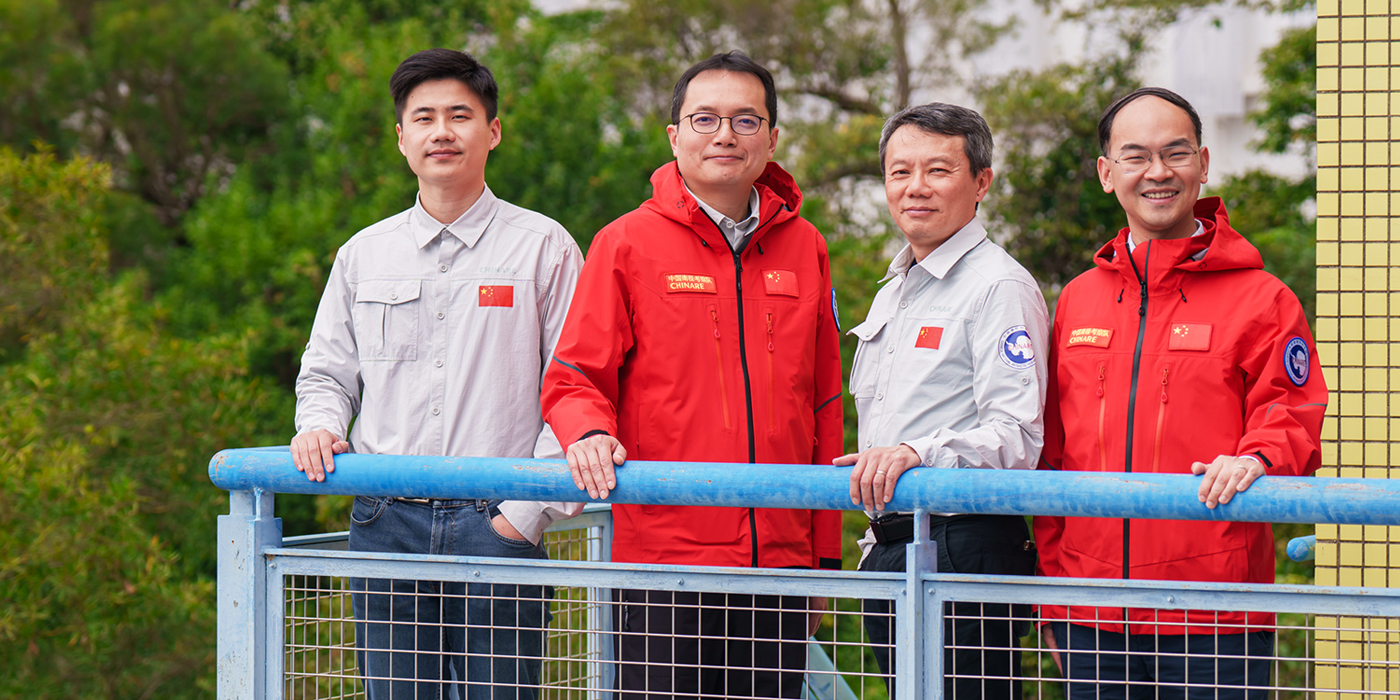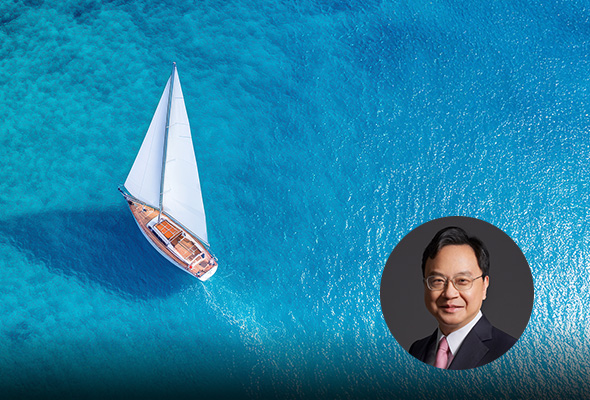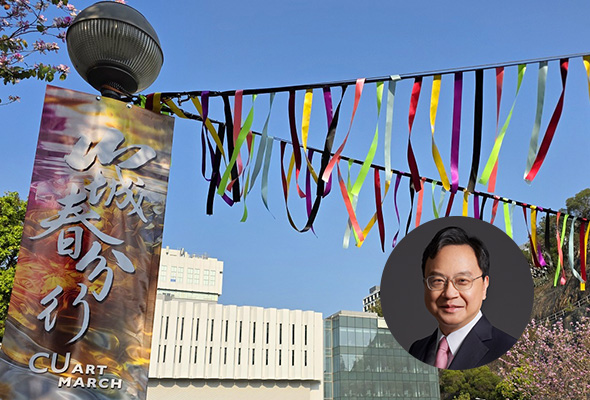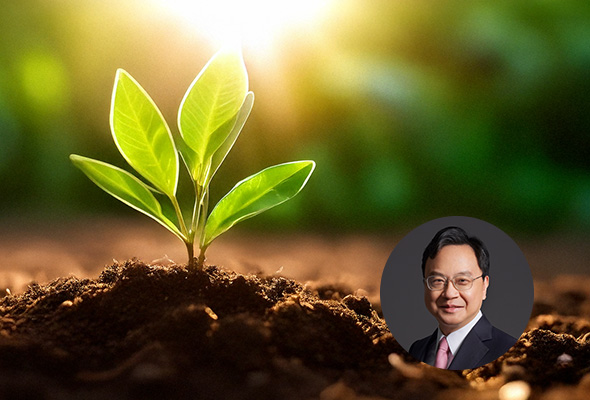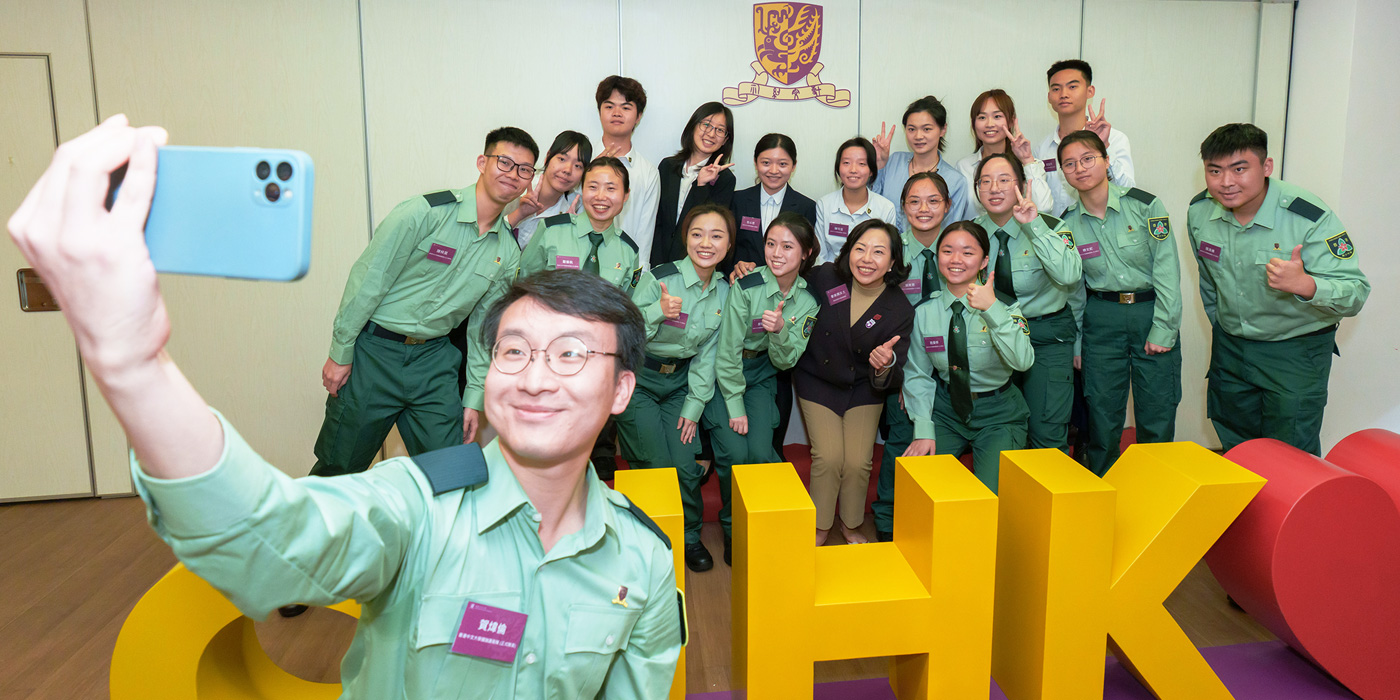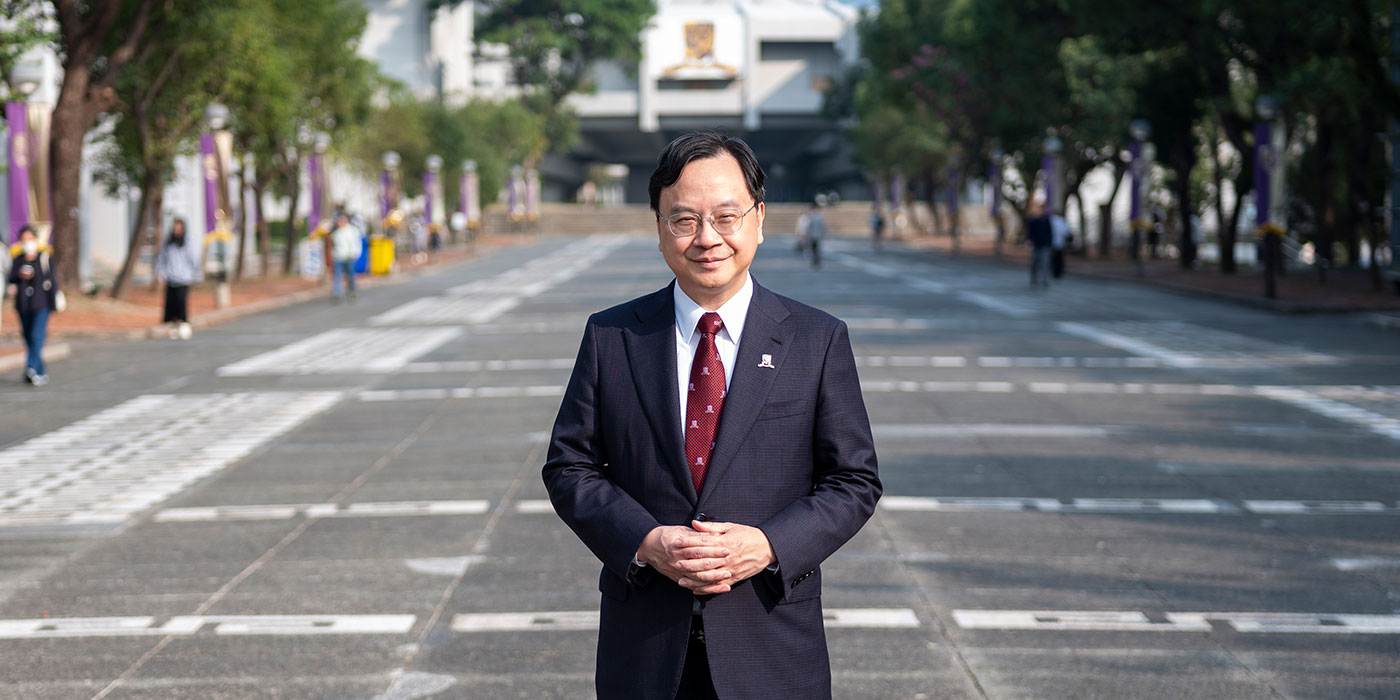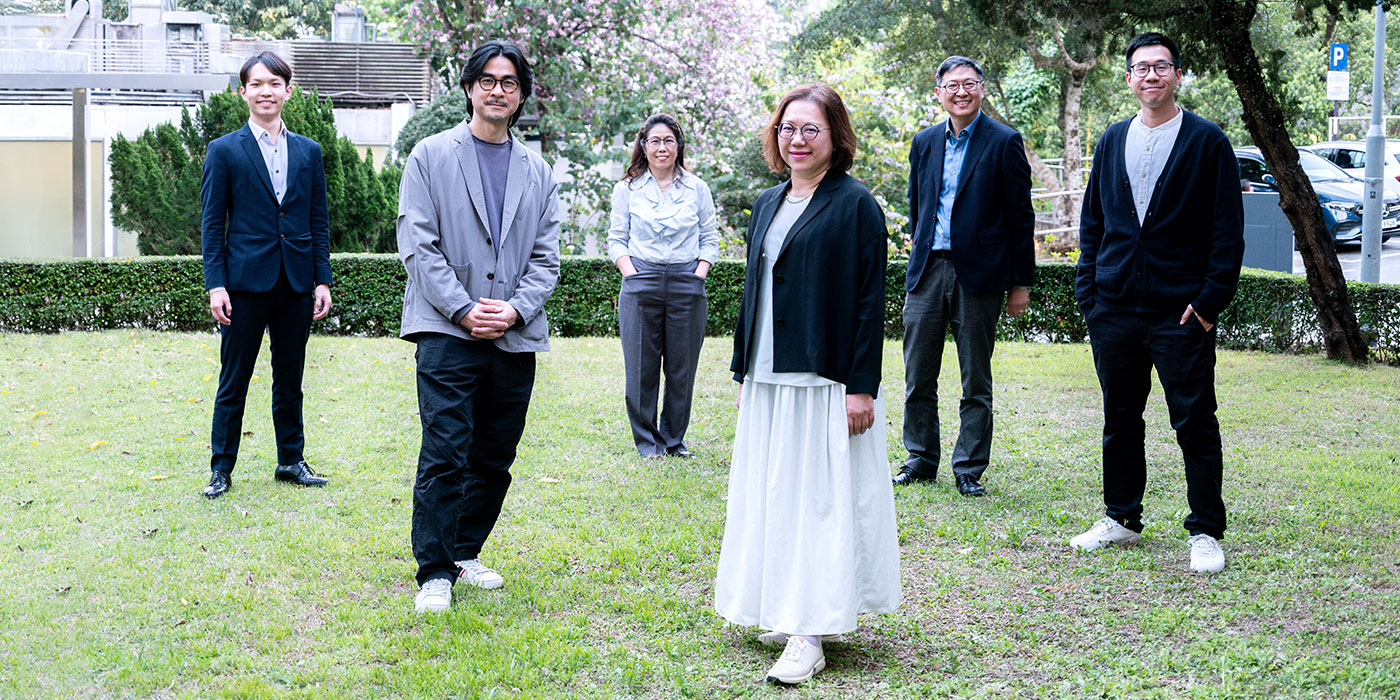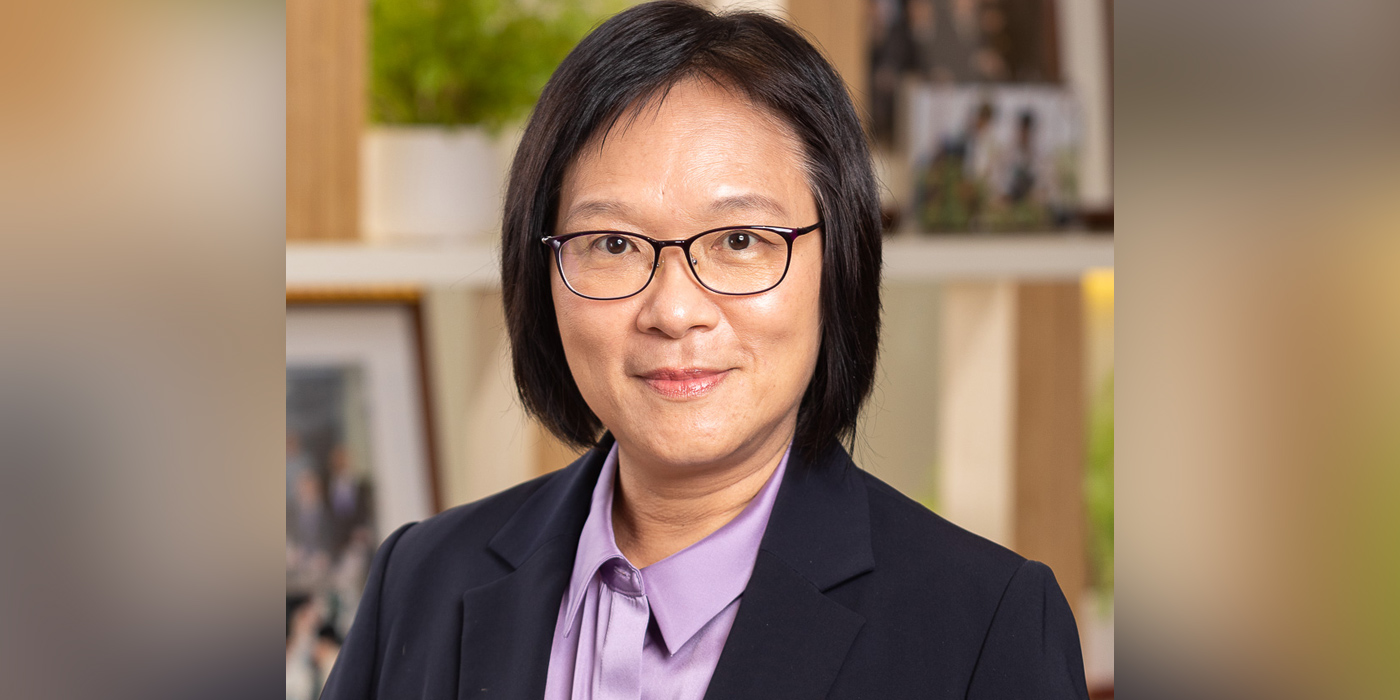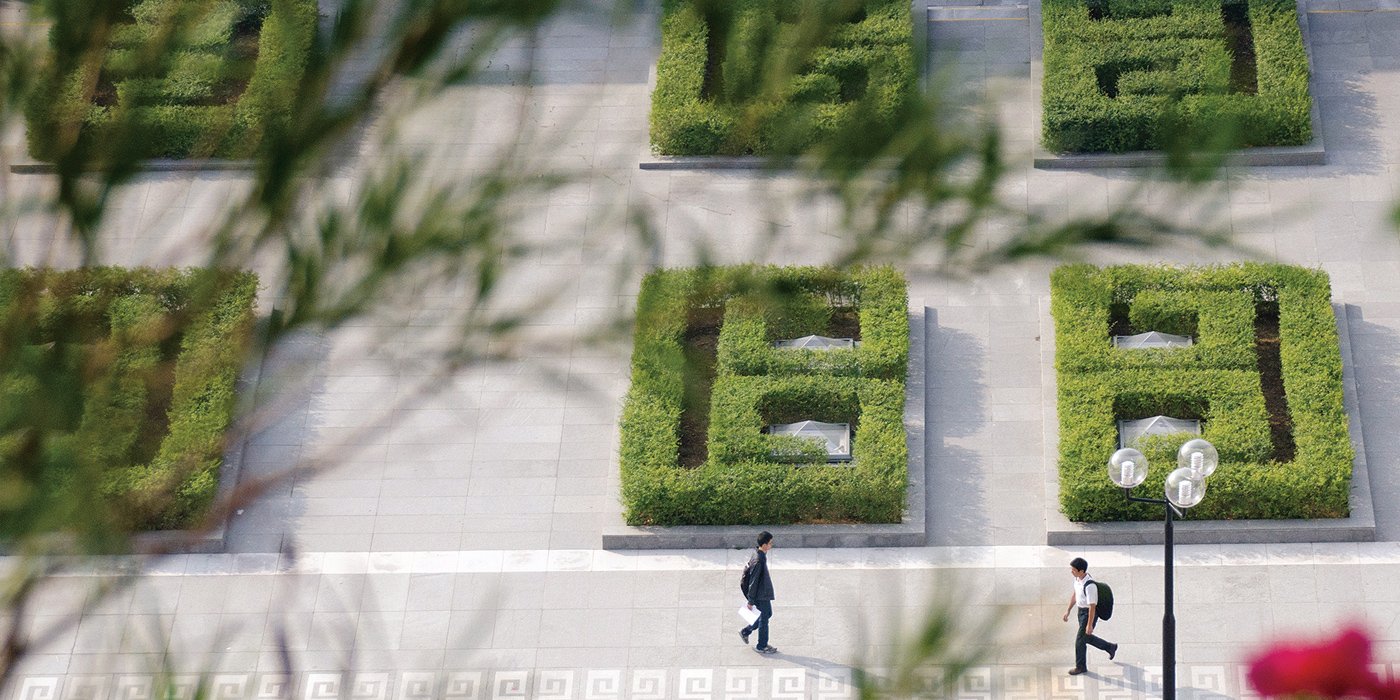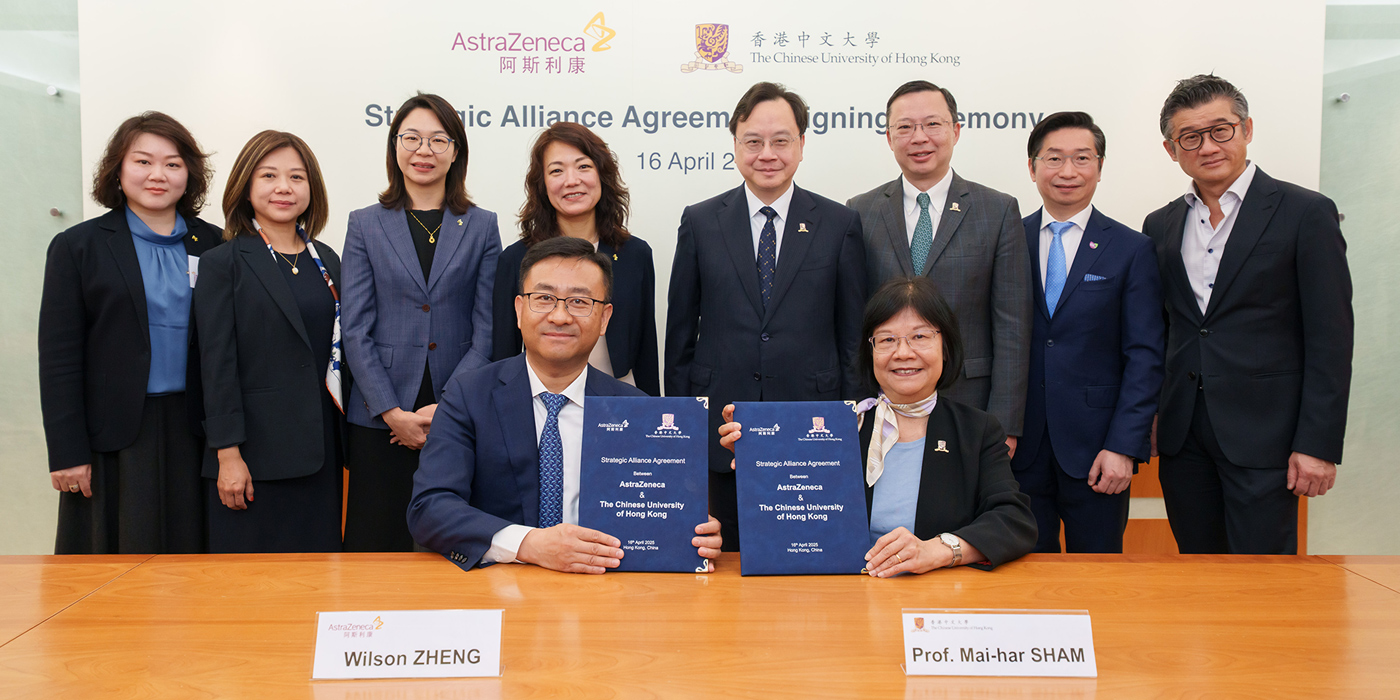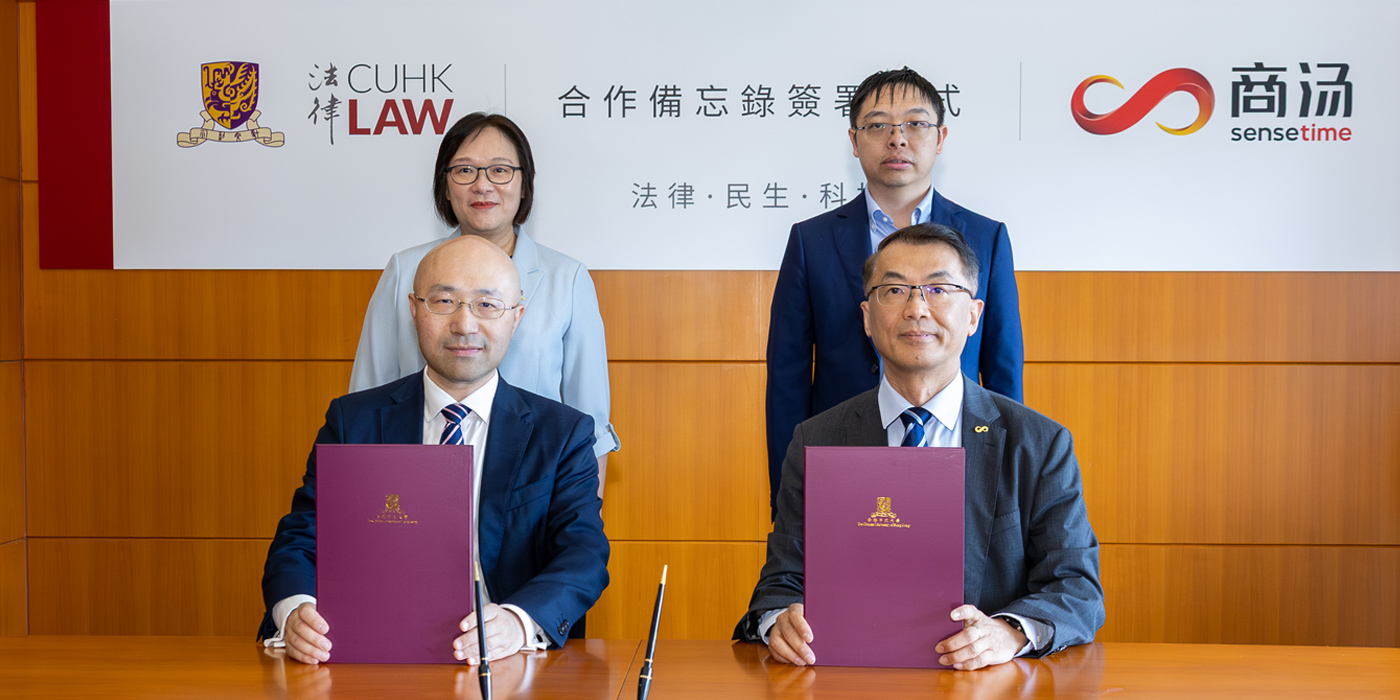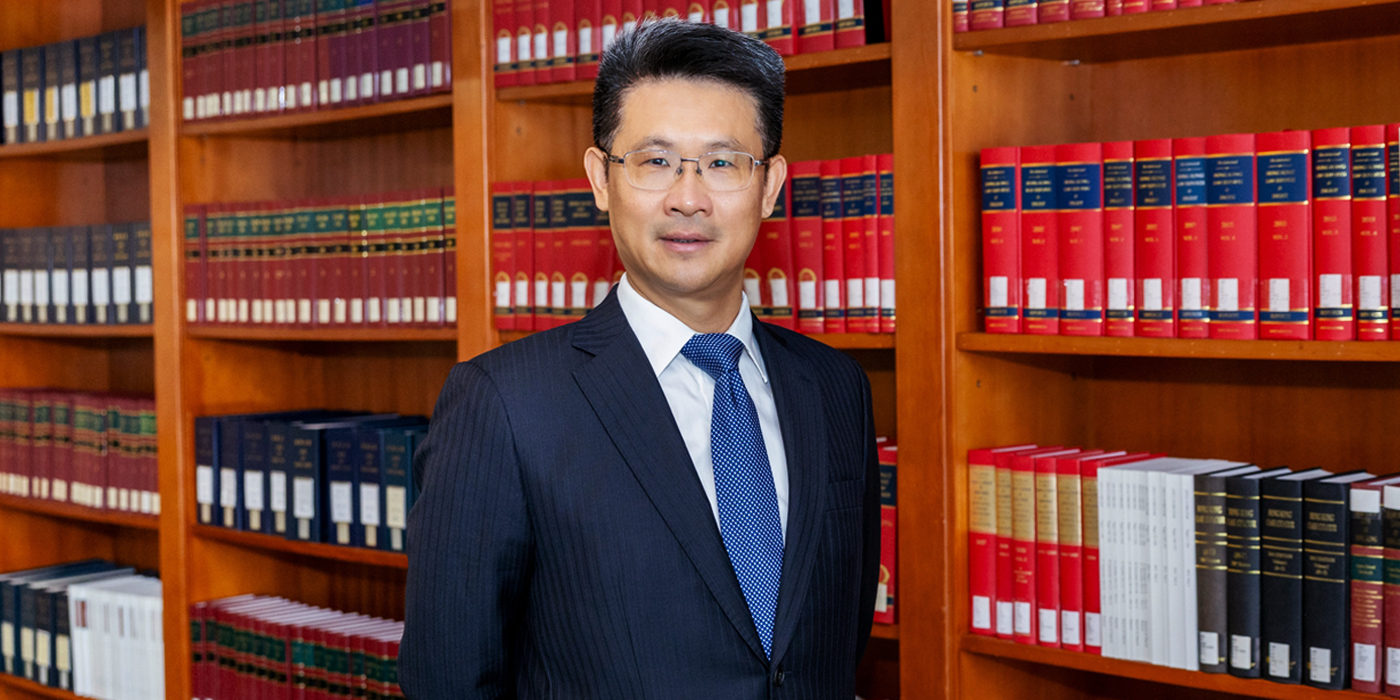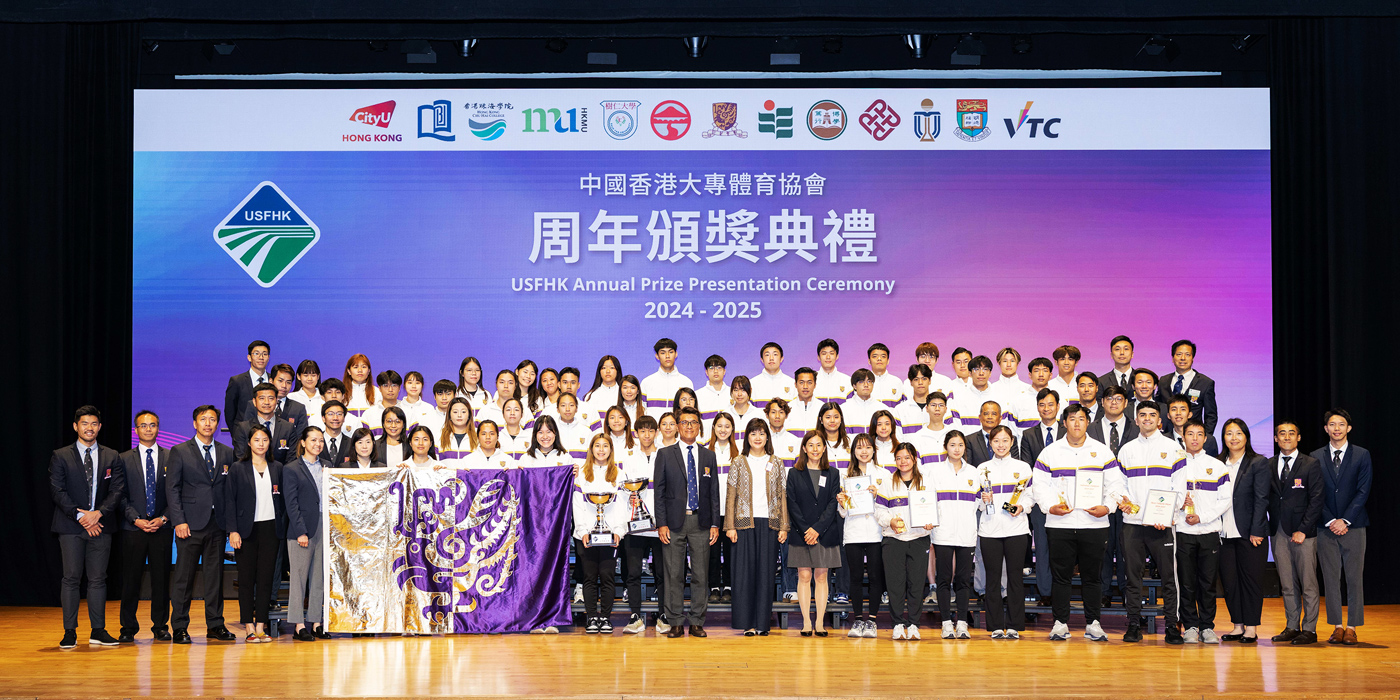The greening of the white continent
As the ice melts, Antarctic expedition professors explore the rise of vegetation as a new research possibility
30 April 2025
Many scientists tracking the impact of global warming on polar regions focus on shrinking ice coverage. But for the four CUHK academics who recently returned from an Antarctic summer expedition with the Polar Research Institute of China (PRIC), the expansion of vegetation on the continent proved to be a more interesting avenue of research.
Professors Alex Chow Tat-shing and Liu Lin, as well as Dr Chen Zhaoliang, are all with the University’s Department of Earth and Environmental Sciences, newly-elevated from its status as a programme under the Faculty of Science; they were joined for the interview by Professor Martin Tsui Tsz-ki, of the School of Life Sciences. Last October, CUHK in Focus reported on their being chosen to join China’s 41st Antarctic expedition, journeying to the frozen south after sending off the country’s first domestically built polar exploration vessel, the Xue Long 2, and in March’s follow-up interview, they elaborated on their new direction. The fifth CUHK academic, Professor Michael Pittman of the School of Life Sciences, journeyed to the Southern Ocean onboard the Xue Long 2 in March, and is expected to return to Hong Kong in May. The participation of these five Hong Kong scientists in this Antarctic expedition marks another milestone in collaborative efforts between the PRIC and CUHK, hard on the heels of last year’s visit of Xue Long 2 to Hong Kong.
Asked about their new research direction, Professor Liu explains: “We actually focused on the ever-growing vegetation, the ‘greening’ parts of Antarctica… given our background as biogeochemists, we were interested in how climate change has been driving changes in vegetation, soil and water.” Climate change has opened up new possibilities within Antarctic research, which the CUHK researchers were only too glad to grasp.
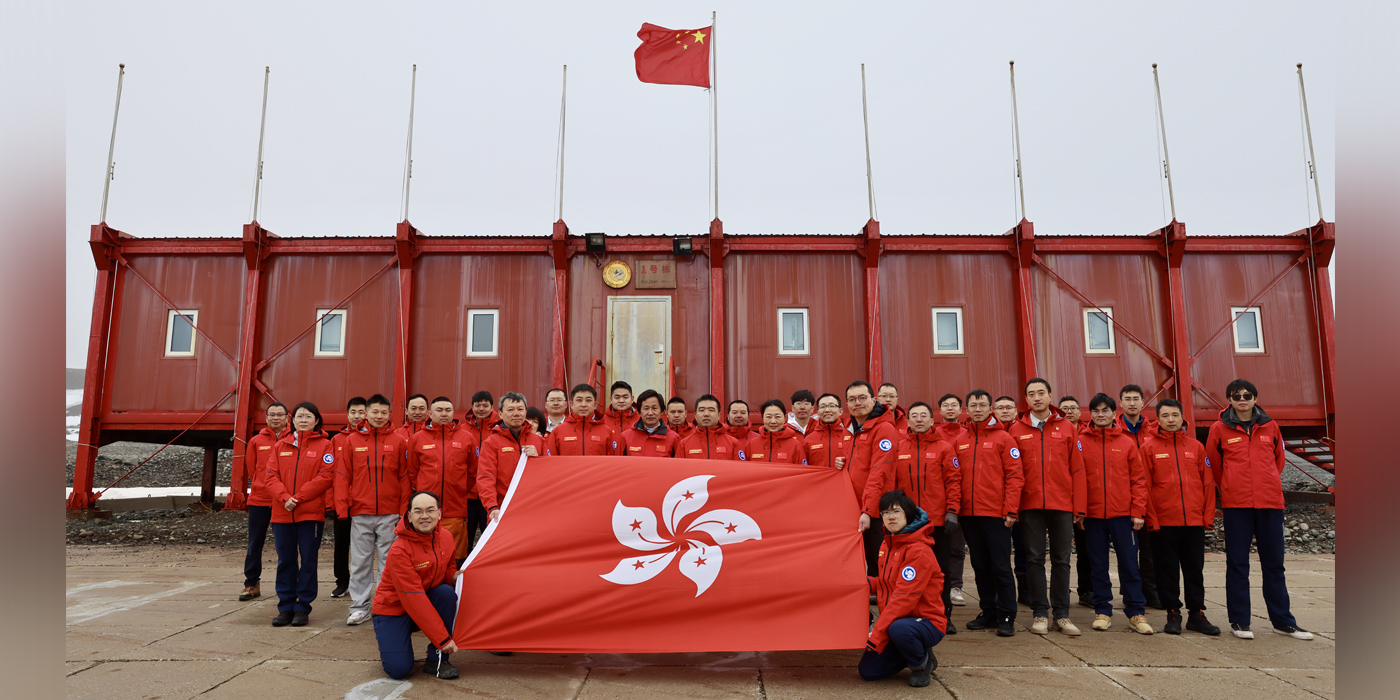
Professor Tsui gives the example of vernal pools, which are shallow freshwater pools with multiple life forms in and around them. Although more such pools are emerging across the edge of the Antarctic continent during the summer melt, research on them remains underdeveloped. The professors set out to fill this gap by investigating these temporary wet habitats. “The area was thriving with life and colour,” says Professor Tsui. “Not only in the water, but also in the vegetation on land.”
In expedition diary entries from 18 December to 7 January, Professor Liu elaborates on the diversity of pond life in the Antarctic vernal pools. “The algae and microorganisms from these vernal pools form dazzling patterns,” he writes. “We collected close to 300 samples, trying to put into context the effects of global warming.” Those and other samples were stored in special freezers aboard the Xue Long. After the ship returns to Shanghai around early April, the samples will be delivered to Hong Kong, where the researchers can get to work on them in the lab.
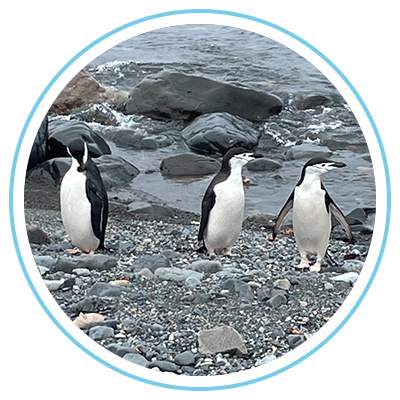 | Click here to read more of Professor Liu’s Antarctic expedition journal |
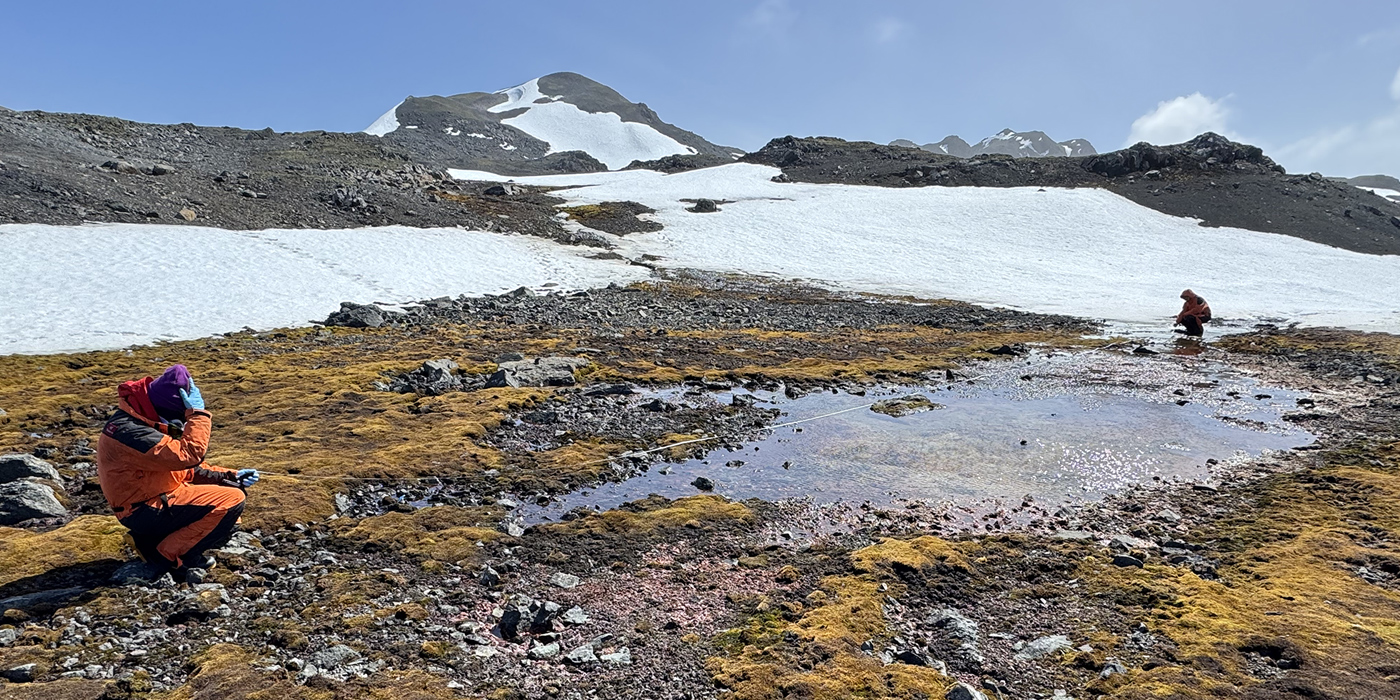
Seizing the day
All four academics were at their respective Antarctic bases through Christmas to the New Year, but festivities, at least initially, were few and far between. “We had to go out to collect samples even on Christmas Day,” says Professor Tsui, explaining they had to make the most of this once-in-a-lifetime field work opportunity. “We weren’t there just to visit, we had targets we wanted to meet, work we wanted to accomplish. So if the weather was good, we’d pack up our equipment and go. You never knew if there would be another chance for that.”
Travelling separately from the three professors, Dr Chen was more exposed to how the fickle nature of Antarctic weather can disrupt the best-laid plans. One week before his intended departure date, he received a call notifying him that due to instability in the ice forecast for his arrival date, his departure had been brought forward — to the very next day. “I didn’t really sleep for the next 24 hours,” he says. “I had to prepare all the research equipment, all my luggage, and change my flight tickets.” Once he had arrived in Australia’s Casey Station base on Wilkes Land, persistent inclement conditions forced the repeated postponement of the final leg of his journey by plane to China’s Zhongshan Station, 1500 kilometres to the west. Faced with a long wait, he found himself “forced” to take part in recreational activities.
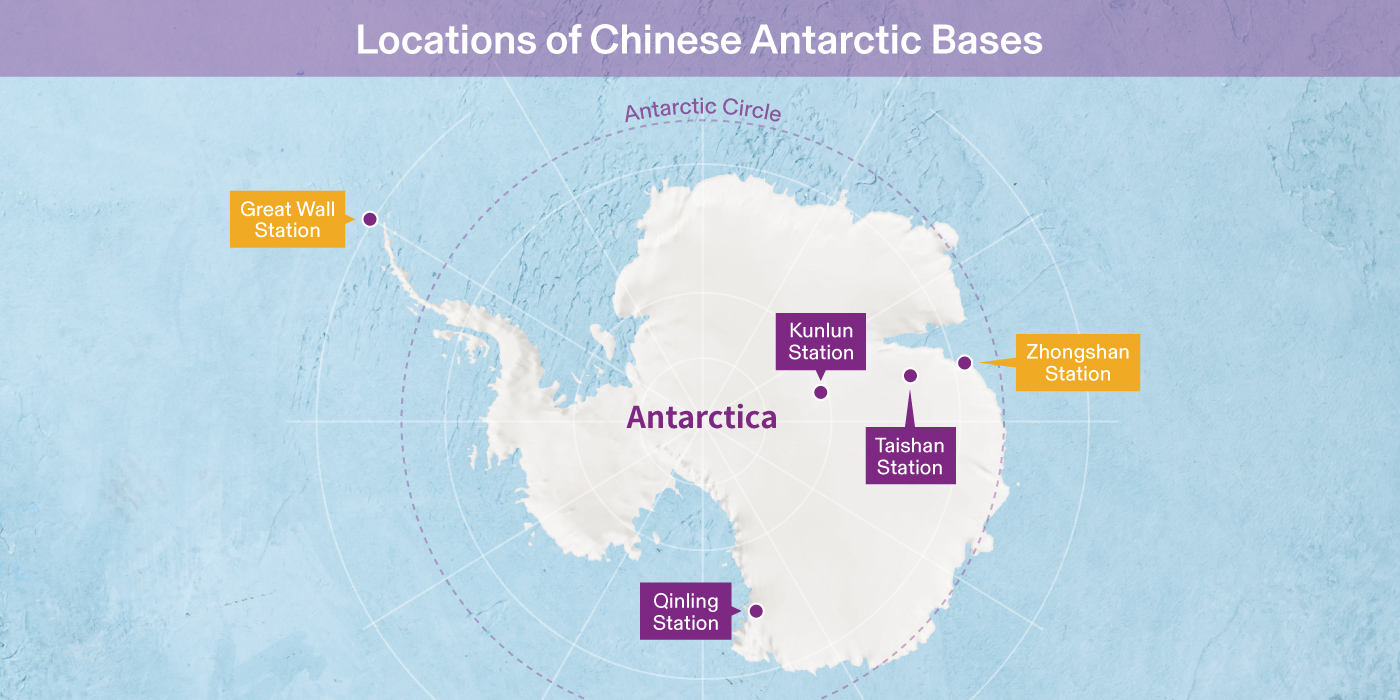
A Christmas of international cheer
While Christmas cheer was not on the schedule, Professor Chow describes the atmosphere at Great Wall Station as very convivial – and international. The Hong Kong researchers were able to visit the nearby South Korean, Uruguayan and Chilean bases on King George Island; and on New Year’s Day, they exchanged gifts with people at Russia’s nearby Bellingshausen station. “One day our station had a vehicle that got stuck, but we were able to get people from the other stations to help out,” recalls the professor. “We all helped each other, so when we left, there were some emotional goodbyes.”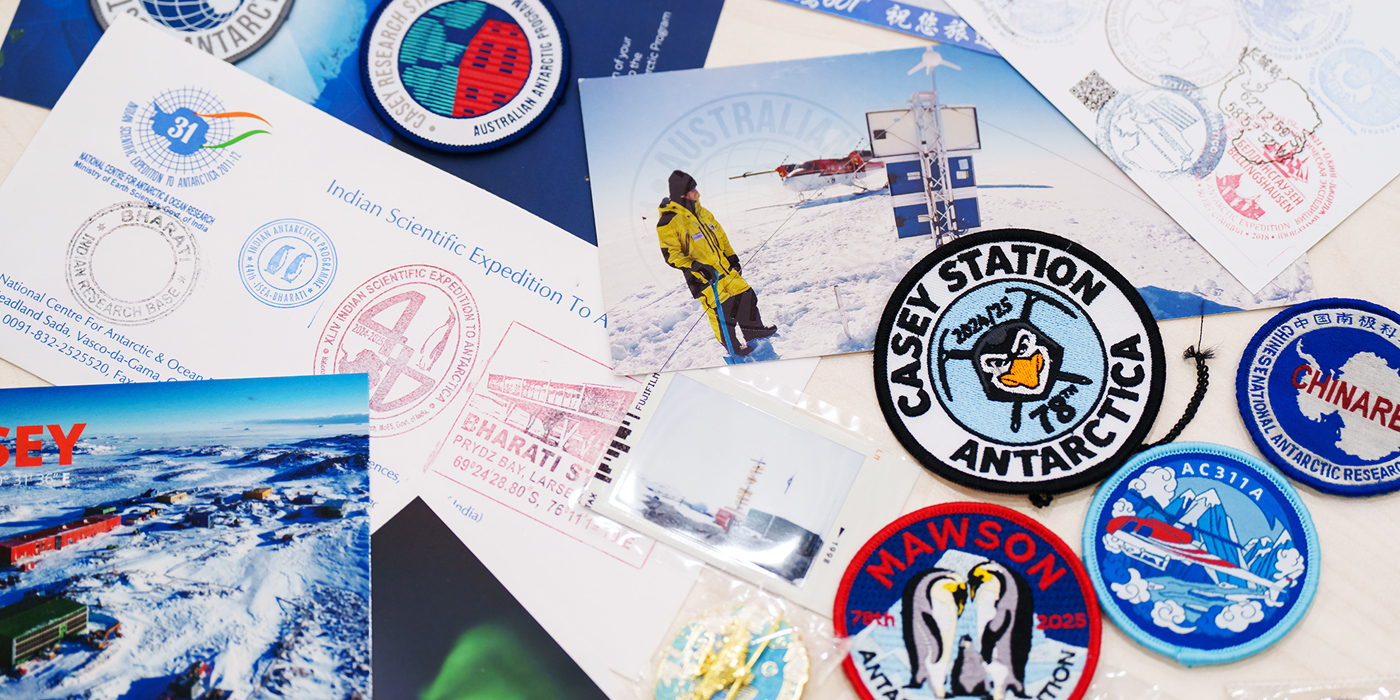
This spirit of international collaboration has continued even after the four researchers bade farewell to Antarctica. Since returning in January, they have started various research projects with universities in the UK and the US to further analyse their samples. Meanwhile, many of their colleagues at PRIC were guests at the official opening of the University’s Department of Earth and Environmental Sciences in early March.
Professor Liu was brimming with optimism when asked about the research and innovation implications of their Antarctic expedition for the University’s future research on polar and other extreme regions, especially considering the support from China’s Ministry of Natural Resources. “Here at CUHK,” he said, “we hope not just to be part of the contingent of Hong Kong scientists who participate in polar research, but to lead it.”
“This visit was just a snapshot,” adds Professor Chow. “Only by examination of long-time trends can you see how temperatures are really rising, and we hope to collaborate with the mainland to make this a long-term project.”
CUHK intends to build on the expedition’s findings by leading a scientific team to the Arctic’s Yellow River Station this northern summer, as well as joining the 42nd Antarctic expedition towards the end of this year, in the southern summer. “China has been doing Antarctic research for four decades now,” says Professor Liu. “So we have to think hard: what can we bring to the table? If this new research direction can become CUHK’s speciality, then perhaps we can get some long-term mileage out of this.”
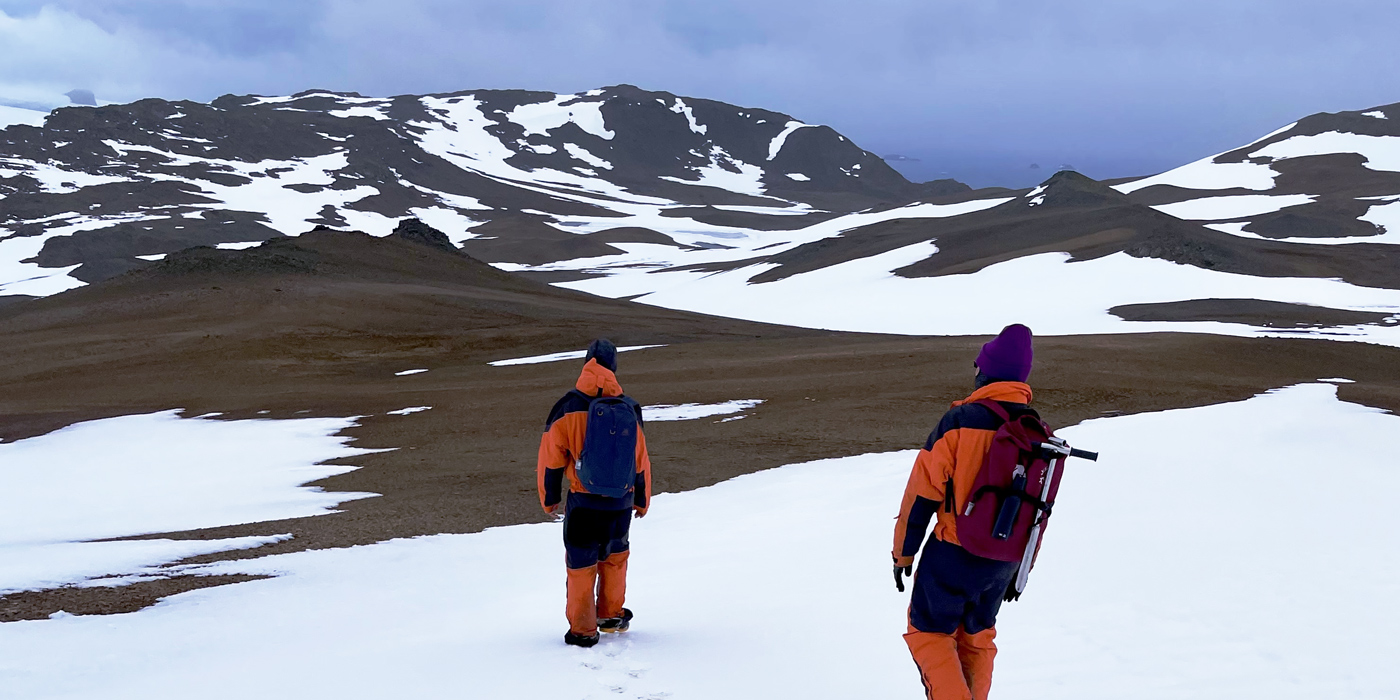
By Chamois Chui
Photos by Steven Yan

